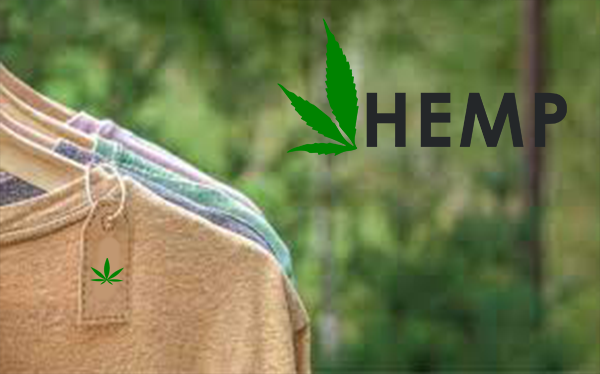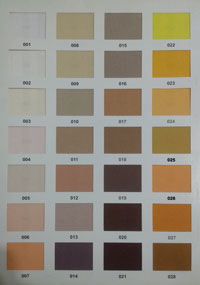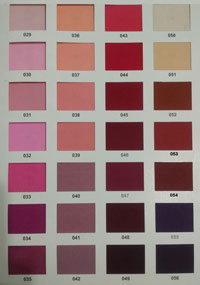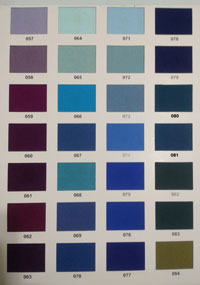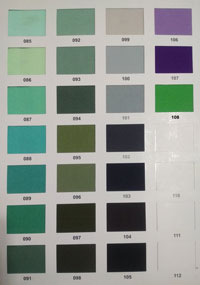What is Hemp Fabric: Hemp fabric is a type of fabric made using the fibers from the stems of the Cannabis Sativa L. plant. The hemp stalk consists of two layers; The outer layer consists of thread-like fibers while the inner layer consists of a woody pith. The outer layer of the plant is used for textiles, while the inner layer is used in many products such as fuel and building materials. After the fibers are separated from the handle, they are processed into yarn. Hemp fibers are so strong that they were formerly the material of choice for sailcloth and rope making. After the fibers are processed, the hemp fabric has a cotton-like texture. Since hemp fibers are long and strong, the fabric obtained from it is also soft and durable enough. Hemp fabric is 3 times more durable than fabrics obtained from cotton. Also, hemp fabric is lightweight. Since it is a breathable fabric, it is ideal especially for hot climates. Hemp fabric is resistant to mold and harmful bacteria. There is only one main variety of hemp fabric. While the quality, feel and texture of this fabric may differ from manufacturer to manufacturer, the same basic process is used to make hemp fabric worldwide. The resulting fabric is stronger than cotton, softer than canvas, and strong enough to last for decades.
How to Produce Hemp Fabric: It is an important factor that the plant has reached sufficient maturity for textile fibers to be used in industrial applications. The maturation of the fiber occurs from the outside to the inside. Some properties of the fibers change according to the time they are harvested. Most of the plants used for hemp fabric are collected with a special machine and these plants are allowed to hang in the field for 4-6 weeks, making it easier to remove pectin, a glue-like substance that binds the outer layer to the inner layer. For this reason, choosing the right harvest period is an important factor in order to obtain the desired quality of hemp fiber and fabric. After harvesting, the separation of the fibers takes place. The hemp stalks are then collected like straw bales and the fiber-containing outer layer of the plant is separated from the woody core by special crushers. Methods such as mechanical separation, soaking, pooling, chemical treatment and enzyme application are used to separate the fibers from the stems. The separated bast fibers are combed into filaments and cleaned. With the steam blasting method applied after this stage, hemp is ready to be spun into yarn and textile weaving.
What is the Environmental Impact of Hemp Fabric: The production of this fabric is environmentally sustainable in nature, as evidenced by the fact that humans have been producing hemp fabric for thousands of years without suffering any major ecological disasters. However, as hemp fabric continues to be produced on an increasingly large scale, it is unclear whether all manufacturers of this fabric follow the same sustainable cultivation and production processes necessary to keep hemp fabric production ecologically sound.
Where hemp fabric is used: The primary use of hemp fabric is in the clothing industry. Examples of garments commonly produced with hemp fabric include dresses, skirts, trousers, jackets, T-shirts and clothing for children. Hemp fabric is particularly popular in the t-shirt category as it is resistant to wear and tear. Most cotton T-shirts begin to warp, shrink or fall apart after a certain number of washes. T-shirts made of hemp fabric retain their shape and integrity for many years.
Hemp fabric production time and Production Amount: The production period of hemp fabric is between 6 and 10 weeks. It is possible to produce a minimum of 1000 meters per quality and color in woven fabrics, and a minimum of 500 kgs per quality and color in knitted fabrics.
Hemp Fabric R&D Made Quality and Features:
- BRT WOVEN 51% Hemp 49% CLY 195 GSM - 165 CM
- BOS WOVEN 43% HEMP 57% COTTON 340 GSM - 155 CM
- HIWT WOVEN 54% HEMP 46% CLY 185 GSM - 165 CM
- FRN WOVEN 80% COTTON 14% HEMP 205 GSM - 150 CM
- LWN WOVEN 95% COTTON 5% HEMP 215 GSM – 155 CM
- STFN WOVEN 93% COTTON 7% HEMP 205 GSM – 150 CM
- ZBT WOVEN 70% HEMP 30% COTTON 165 GSM – 165 CM
- 30/1 RİNG VİSCOSE HEMP FULL SLUB JERSEY %90 VISCONE %10 HEMP 145 GSM - 190 CM
- 20/1 VORTEX COTTON POLY HEMP JERSEY %48 COTTON %47 POLYESTER %5 HEMP 185 GSM - 180 CM
- 20/1 RİNG COMBED POLY HEMP JERSEY %45 COTTON %45 POLYESTER %10 HEMP 180 GSM - 185 CM
- 20/1 RİNG COMBED POLY HEMP JERSEY %48 COTTON %48 POLYESTER %5 HEMP 185 GSM - 180 CM
- 30/70/16 COMBED COTTON POLY HEMP FLEECE %60 COTTON %36 POLYESTER %4 HEMP 280 GSM - 180 CM
- 20/1 VORTEX COTTON POLY HEMP JERSEY %48 COTON %47 POLYESTER %5 HEMP 185 GSM - 180 CM
- 20/1 COMBED HEMP JERSEY %90 COTTON %10 HEMP 170 GSM - 180 CM

